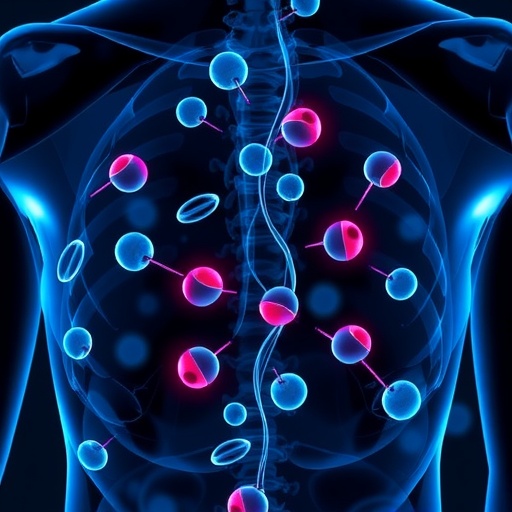Living in a segregated white community has been associated with higher odds of being diagnosed with late-stage breast cancer, according to a recent study led by a researcher in the School of Public Health at Georgia State University.
Although white women generally are at relatively low risk of such diagnoses nationwide, the study's findings "suggest there may be a widespread problem in highly isolated white communities, which are perhaps an understudied 'reverse disparity' bearing further thought and future investigation," the researchers said.
The study's finding "is consistent with recent reports of a rise in U.S. mortality rate that is being driven by rapidly increasing white mortality," the researchers also noted.
The study is published in the International Journal of Environmental Research and Public Health in the article "Modeling Geospatial Patterns of Late-Stage Diagnosis of Breast Cancer in the US." Its lead author is Dr. Lee Rivers Mobley, associate professor of health management and policy at Georgia State.
Cancer is the second leading cause of death in the United States, and breast cancer is the most common cancer in women, the study noted. One-third of new breast cancer patients in the U.S. are diagnosed at a late stage, when their chances of dying are higher.
To examine various geographical predictors of late-stage breast cancer diagnosis, researchers analyzed more than 970,000 new breast cancer cases from 40 U.S. states from 2004 to 2009.
The study also found a link between lower odds of late-stage breast cancer diagnosis and living in a highly segregated Asian community.
The finding that women living in highly isolated Asian communities, such as the California Bay Area and New York City, is not especially surprising "because Asians have lower likelihood of late-stage breast cancer diagnosis compared to whites," the researchers said. (In a separate study, Dr. Mobley found cancer patients who live in highly segregated Asian communities were relatively more likely to receive a late diagnosis of colorectal cancer.)
While black and Hispanic women are much more likely to receive late-stage breast cancer diagnoses, living in highly segregated black or Hispanic neighborhoods doesn't appear to carry added risk. Concerted public health efforts to raise awareness, encourage testing and reduce disparities in these neighborhoods may explain why they appear to be neutral risk environments, the researchers said.
###
The study's authors include Yamisha Rutherford and Dr. Srimoyee Bose, doctoral students at Georgia State's School of Public Health, and Dr. Tzy-Mey Kuo of the Lineberger Cancer Center at the University of North Carolina at Chapel Hill.
Media Contact
Anna Varela
[email protected]
404-413-1504
@GSU_News
http://www.gsu.edu
############
Story Source: Materials provided by Scienmag




